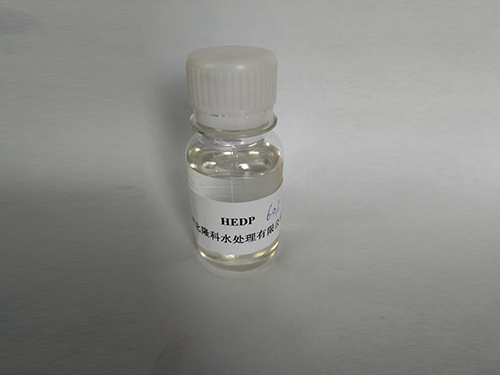Exploring the Properties and Applications of Polyaspartic Acid in Modern Chemistry
Understanding Polyaspartic Acid A Versatile Biopolymer
Polyaspartic acid, a derivative of aspartic acid, is a remarkable biopolymer that has garnered attention in various fields due to its unique properties and versatility. This polyamino acid is synthesized through the polymerization of aspartic acid, a naturally occurring amino acid that plays a vital role in protein synthesis. The specific structure of polyaspartic acid enables it to serve a broad range of applications, from biomedical to industrial uses.
Chemical Structure and Properties
Polyaspartic acid is characterized by its repeating units of aspartic acid, which can exist in various molecular weights. Its unique structure includes carboxyl groups that confer anionic properties, promoting interactions with a variety of substances. These carboxyl groups also contribute to its hydrophilicity, allowing polyaspartic acid to dissolve well in water and various organic solvents. Moreover, the polymer can form a gel-like consistency, which is useful in numerous applications where thickening or stabilization is required.
The biocompatibility and biodegradability of polyaspartic acid make it particularly appealing for use in biomedical applications. Unlike many synthetic polymers that can lead to long-term environmental concerns, polyaspartic acid breaks down naturally, posing lesser risks to ecosystems. This characteristic has sparked interest in its use for drug delivery systems, tissue engineering, and even as a component in biodegradable packaging materials.
Applications in Medicine
In the biomedical field, polyaspartic acid is largely recognized for its role as a drug delivery vehicle. Its ability to encapsulate drugs and release them in a controlled manner enhances therapeutic efficacy while minimizing side effects. Researchers have experimented with polyaspartic acid-based carriers for various drugs, including anticancer agents, effectively improving the solubility and bioavailability of poorly soluble pharmaceuticals.
polyaspartic acid

Additionally, polyaspartic acid has found applications in tissue engineering. The polymer can form hydrogels that mimic the extracellular matrix, creating a conducive environment for cell growth and proliferation. These hydrogels can be utilized in scaffolds for regenerative medicine, promoting the healing of damaged tissues. Their tunable properties allow researchers to modify them for use in specific applications, such as nerve regeneration or cartilage repair.
Industrial Uses
Beyond its biomedical applications, polyaspartic acid is making waves in industrial sectors. Its ability to act as a chelating agent allows it to bind metal ions, making it useful in water treatment processes. This property is instrumental in preventing scale formation and facilitating the removal of heavy metals from wastewater. Furthermore, polyaspartic acid is utilized in the formulation of environmentally friendly detergents and cleaning agents, as it enhances the overall effectiveness of these products while minimizing environmental impact.
The polymer is also making strides in agriculture, where it is used in controlled-release fertilizers. The capability of polyaspartic acid to improve nutrient retention in soil not only enhances crop yields but also reduces the need for excessive chemical fertilizers. This application supports sustainable farming practices by promoting more efficient use of resources.
Conclusion
In conclusion, polyaspartic acid is a versatile biopolymer with a wide range of applications spanning from medicine to industry. Its unique chemical properties, coupled with its biocompatibility and biodegradability, position it as a material of choice in an era increasingly focused on sustainability. As research continues to explore the vast potential of polyaspartic acid, it is likely to impact various domains, contributing to innovative solutions that address both health and environmental challenges. With ongoing advancements, polyaspartic acid may very well become a cornerstone material in the advancement of both biotechnology and sustainable industrial practices.
-
Water Treatment with Flocculant Water TreatmentNewsJun.12,2025
-
Polymaleic AnhydrideNewsJun.12,2025
-
Polyaspartic AcidNewsJun.12,2025
-
Enhance Industrial Processes with IsothiazolinonesNewsJun.12,2025
-
Enhance Industrial Processes with PBTCA SolutionsNewsJun.12,2025
-
Dodecyldimethylbenzylammonium Chloride SolutionsNewsJun.12,2025





